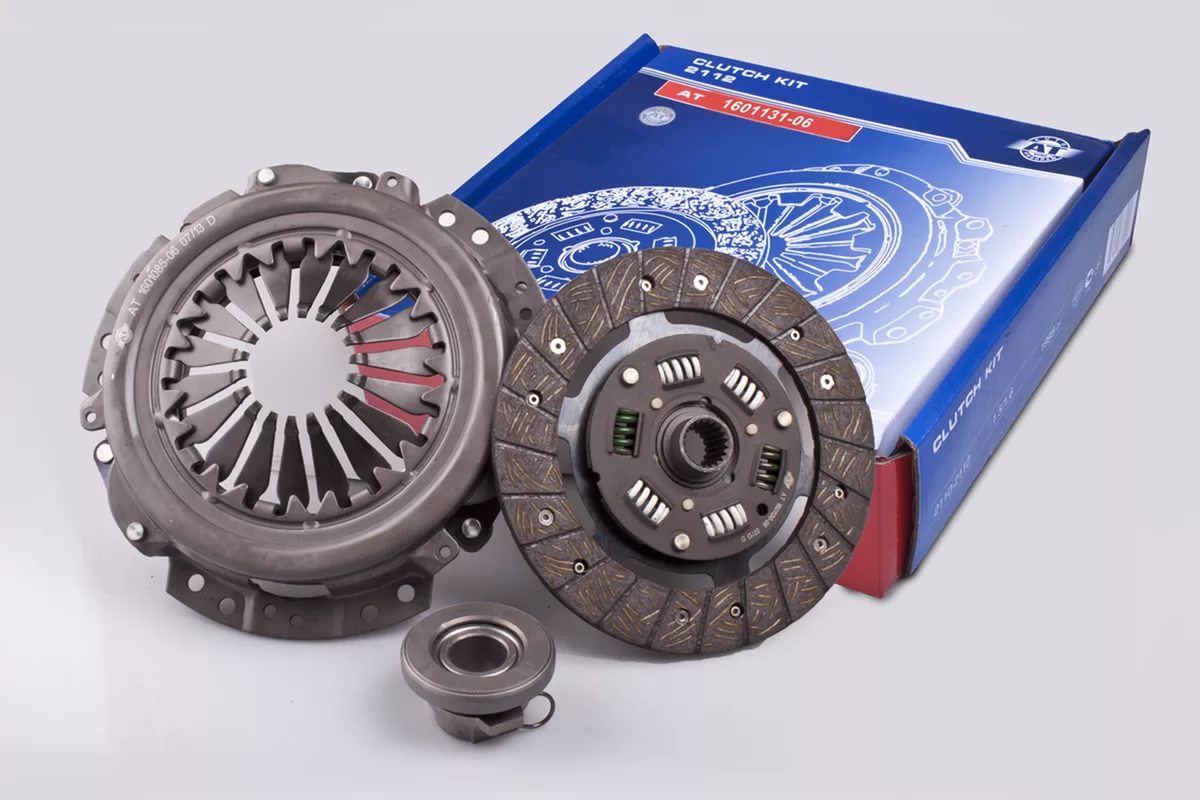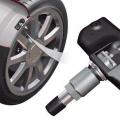The need for pumping the clutch hydraulic drive on the VAZ-2106 does not arise very often. Nevertheless, sometimes the owners of "sixes" still need to do this procedure. It should be noted right away that there is nothing particularly complicated here. The clutch must be pumped according to the same algorithm as the brakes. Surely all motorists have done this at least once in their lives. Therefore, in this case, there is definitely no need to visit a car service. It won't take you a lot of time, and you don't need any special skills.
How to properly bleed the clutch on a VAZ-2106 car
Before starting any work, you need to know the sequence of actions. In other words, you need to understand what is being performed and in what sequence. The clutch on the "six" should also be pumped in accordance with a certain algorithm of actions. However, as mentioned above, there really is nothing complicated here.
First, let's recall exactly when it is necessary to carry out such a procedure as bleeding the clutch. This should be done if there is air in the system. It just should be removed from there. Air enters the hydraulic system of the mechanism due to loose tightening of threaded connections, or due to problems with the pipelines themselves.
In order to bleed the clutch on the VAZ-2106, you will need a minimum set:
- spanners;
- brake fluid and a container for draining it;
- a hose with the same diameter as the drain connection;
- stop for fixing the clutch pedal.
The latter will be needed if you carry out the pumping procedure yourself. The ideal option here, of course, is to ask someone for help. The second person will do a very simple job - press the clutch pedal and, on command, hold it in the depressed position. However, if there is an emphasis, it is quite possible to cope alone.
One point should be noted. Before proceeding directly to pumping, you must first adjust the clutch.
![]() Otherwise, you simply cannot remove air from the system. The thing is that in the absence of a free stroke of the piston pusher of the master cylinder, this procedure is impossible for purely technical reasons. This is due to the design features. The piston and tappet here is essentially a check valve that will close when there is no free play. It is also impossible to carry out the bleeding procedure if the return spring is faulty. In this case, the pedal will simply stick when moving to the uppermost position.
Otherwise, you simply cannot remove air from the system. The thing is that in the absence of a free stroke of the piston pusher of the master cylinder, this procedure is impossible for purely technical reasons. This is due to the design features. The piston and tappet here is essentially a check valve that will close when there is no free play. It is also impossible to carry out the bleeding procedure if the return spring is faulty. In this case, the pedal will simply stick when moving to the uppermost position.
So, if everything is ready, then you can start pumping. To do this, the first step is to pour the working fluid into the master cylinder reservoir. Its top level should be at least 2 centimeters from the top edge. In order to prevent any debris and foreign particles from entering the system, the liquid should be topped up not directly, but using a strainer.
Next, remove the rubber cap located in the upper part of the pneumatic clutch booster - it closes the exhaust valve. After that, we put on a rubber hose on the latter, the second end of which must be lowered into a previously prepared container - preferably 0.5 liters in volume - having previously filled it with brake fluid by about a third. After that, unscrew the bypass valve 1 turn.
The preparatory stage can be considered completely finished. Now we proceed directly to pumping. To do this, you need to press the clutch pedal until the process of flow of bubbles from the hose into the container stops. As already mentioned, it is most convenient to do this procedure with an assistant. This option will be more convenient than independent work. When pumping, do not forget to make sure that the liquid level in the tank does not fall below a certain mark - 3.5 centimeters from the top edge. If necessary, refill the tank.
 After the bubbles have stopped coming out, the clutch pedal should be pressed all the way down and held that way. At the same time, we tighten the bypass valve tightly. Experienced motorists are advised to do this every time you press the pedal. They argue that in this case, the pumping process is noticeably accelerated. Next, you need to release the clutch pedal, and repeat the above steps. In most cases, it is enough to press the pedal 3 times for the air to completely escape from the system. Now it remains only to remove the hose from the fitting, return the rubber cap that closes it back, and add liquid to the tank. The level is the same - 1.5-2 centimeters from the top edge.
After the bubbles have stopped coming out, the clutch pedal should be pressed all the way down and held that way. At the same time, we tighten the bypass valve tightly. Experienced motorists are advised to do this every time you press the pedal. They argue that in this case, the pumping process is noticeably accelerated. Next, you need to release the clutch pedal, and repeat the above steps. In most cases, it is enough to press the pedal 3 times for the air to completely escape from the system. Now it remains only to remove the hose from the fitting, return the rubber cap that closes it back, and add liquid to the tank. The level is the same - 1.5-2 centimeters from the top edge.




